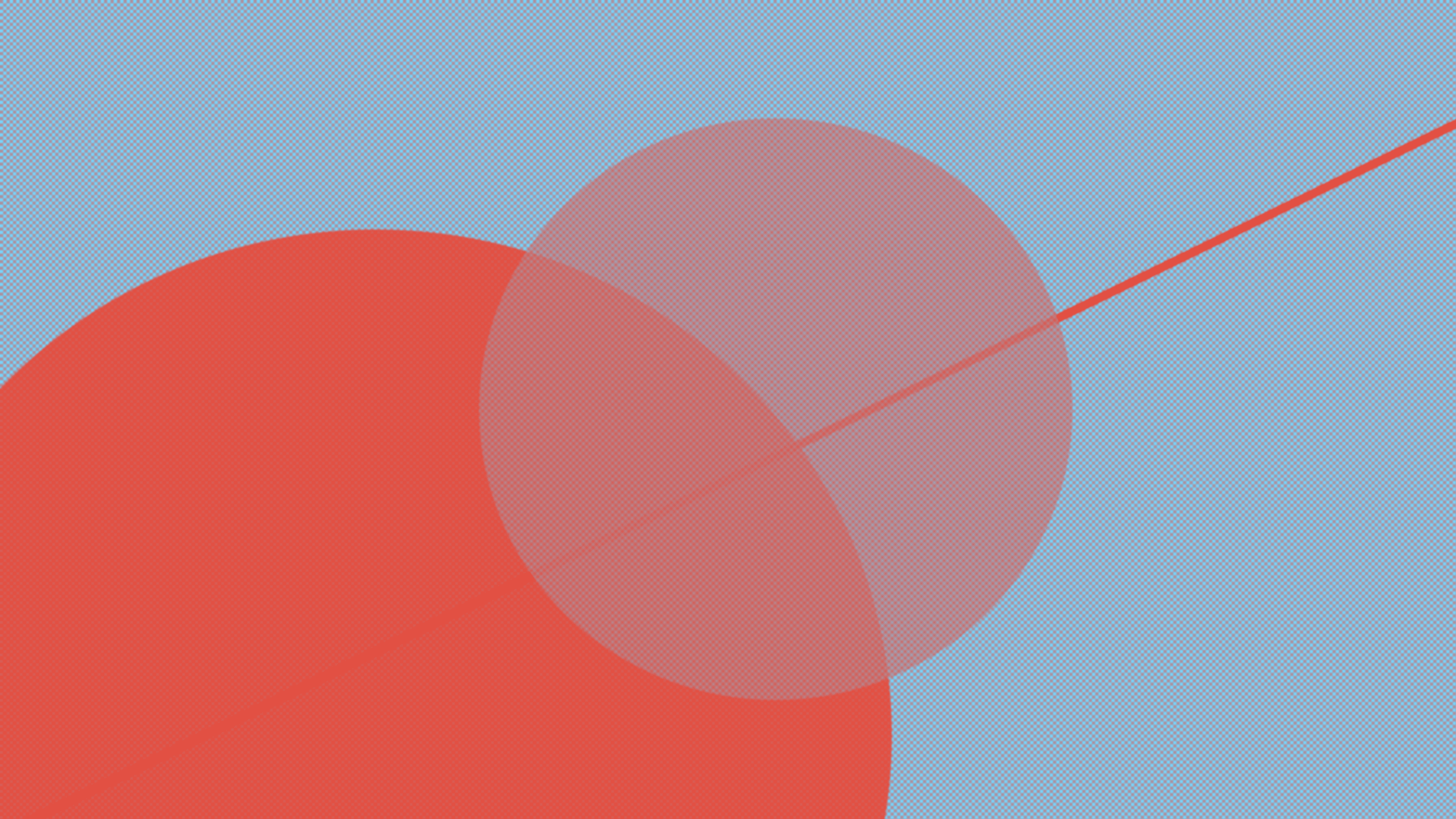Dancing neurons or when dynamics matter
Many biological phenomena can be perceived as extremely dynamic processes. Thus understanding and dissecting coordinated activities of nodes in such a network is of critical importance, as it helps to characterize complex systems such as animal and human behaviors.
A perfectly synchronized dance of neurons is what gives us the power to see, to hear, to smell, to move, to remember, and to reflect. But the choreography can only be successful if there is efficient communication among the dancers (the neurons). This alone is reason enough to study the relationships between pairs of neurons.
Stojan Jovanović and Prof. Dr. Stefan Rotter from the University of Freiburg’s Bernstein Center Freiburg (BCF) and the Cluster of Excellence BrainLinks-BrainTools approached this question in a new study. Their results have now been published in the journal PLOS Computational Biology.
The laboratory of Stefan Rotter is interested in understanding the relations between structure, dynamics and function of the neuronal networks of the brain, with a specific focus on the mammalian neocortex. Their work involves modeling and data analysis of (i) multi-scale neuronal network topology, (ii) spiking activity dynamics of recurrent networks, and (iii) biological function and dysfunction of neuronal networks. Mathematical (deterministic and stochastic) as well as computational methods (large-scale numerical simulations) are employed. The goal is to develop a theory of the brain which also supports a better understanding of the neuronal mechanisms underlying some brain diseases.
In their recent article, using a combination of mathematical thought experiments and biophysically inspired computer simulations, the researchers succeeded in extending their ideas on pairwise interactions between pairs of neurons developed in earlier studies to third-order correlations involving interactions between three neurons. The findings lay the groundwork for a better understanding of the activity of neural networks in the brain.
Electrochemical messages transmitted by various types of synapses enable efficient communication between neurons. However, the precise means by which the synaptic communication network choreographs this neural ballet are widely unknown. “In an experiment, it is only possible to observe a tiny fraction of the immense number of neurons involved at any given time, for purely technical reasons“, explains Jovanović. It is therefore infeasible to grasp the coordinated interaction of large masses of cells in the brain in its entirety, and mathematical models are useful to gain additional insight.
“An influential theory of learning states that only the two neurons that communicate via a concrete synapse need to be taken into consideration“, explains Rotter. “If the activation of the network forces them to perform a certain dance step, the synapse is strengthened. If the network causes them to fall out of the rhythm, the synapse is weakened“. The researchers applied a mathematical model, the so-called Hawkes process, to find out which role so-called correlations of third order might play in this context. They were able to calculate the relative significance of relationships among three neurons for the network dynamics. Applying these findings to experimentally measured electrical activity of three nerve cells allows scientists to characterize the structure of the network better, and perhaps even to derive new synaptic learning rules in the brain.
Any views expressed are those of the author, and do not necessarily reflect those of PLOS. This article is not meant to encourage excessive alcohol consumption.
 Giuseppe Gangarossa received his PhD in Biomedical Sciences, specialty Neuroscience, from the University of Bologna. He has been a visiting fellow at the Karolinska Institutet (Sotckholm, Sweden) and Inserm (Montpellier, France) and he is currently a postdoc at the Collège de France (Paris, France). His main research topic is dopamine-related brain disorders. You can follow him on twitter @PeppeGanga
Giuseppe Gangarossa received his PhD in Biomedical Sciences, specialty Neuroscience, from the University of Bologna. He has been a visiting fellow at the Karolinska Institutet (Sotckholm, Sweden) and Inserm (Montpellier, France) and he is currently a postdoc at the Collège de France (Paris, France). His main research topic is dopamine-related brain disorders. You can follow him on twitter @PeppeGanga
